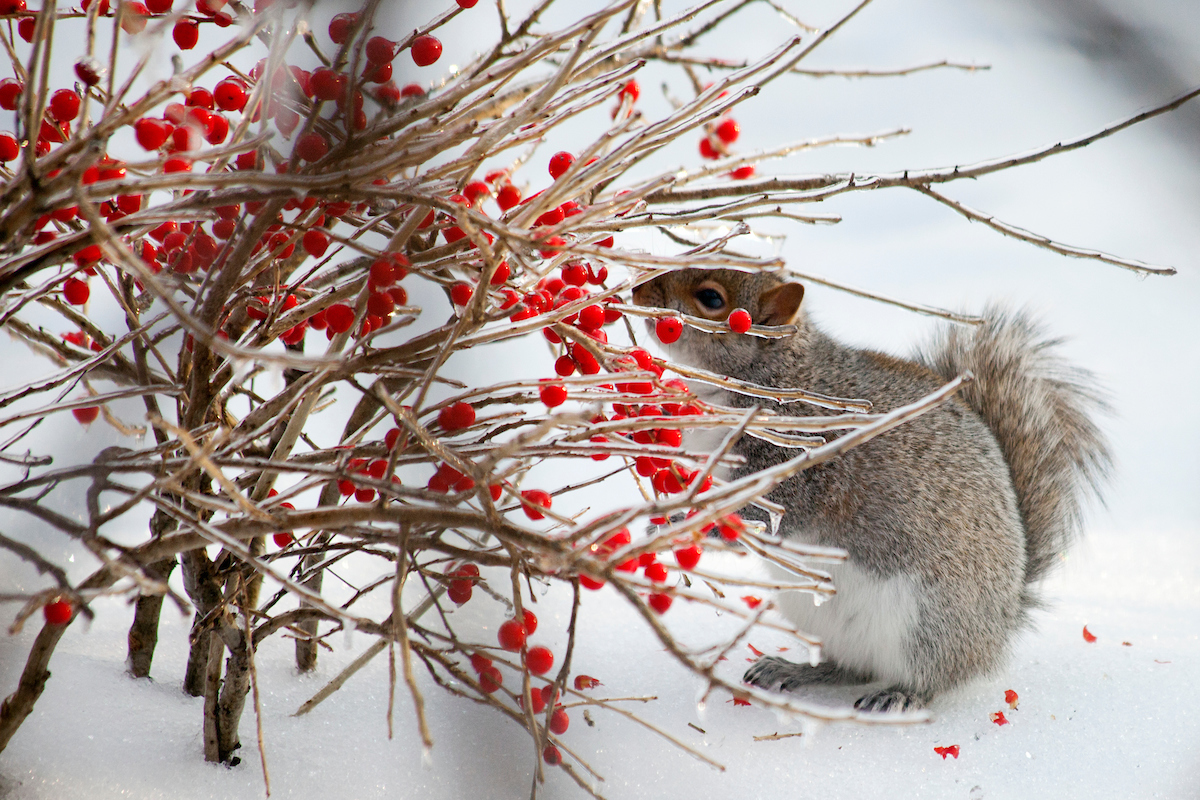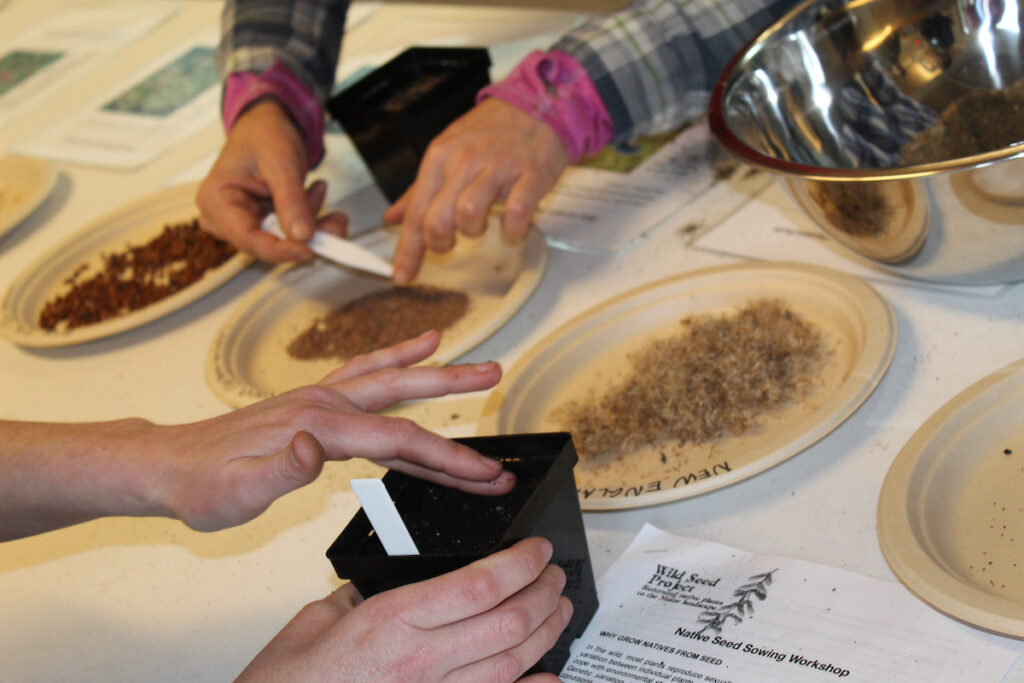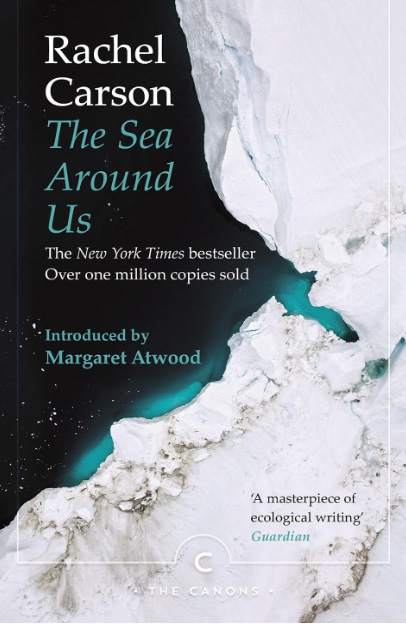
Bringing Value to your Winter Landscape with Native Plants: With the recent snowstorms across Maine, backyard birders may have noticed an increase in activity at their feeders. However, many concerned birders have reported decreased numbers at their feeders this winter. Fear not! The primary reason for less birds at the feeders is because there is an abundance of their preferred food… native plants!
If you’ve looked at the tips of pine trees lately (Maine’s State Tree), you’ll notice many are drooping because of the weight of their cones. Pine cones are an important food source for a variety of birds in Maine including Grosbeaks, Crossbills, Woodpeckers, and Nuthatches. Many birds will forage for seeds from a variety of plants including forbs such as asters, goldenrods, and grasses such as little bluestem.
Fruits are also an important food source in our winter landscape. Plants that hold their fruits late into the winter include Staghorn Sumac, Winterberry, Bayberry, and Mountain Ash. It is truly a delight to see a flock of Cedar Waxwings descend upon a winter landscape in search of these fruits.

There’s Still Time to Sow Native Seeds! If you’ve attended a recent seed sowing workshops, or read about winter dormancy and seed dispersal, you’ll know that many of our native plants require cold stratification. While it’s too late for a few species that require 90-day stratification, you can still sow seeds with 30- or 45-day cold stratification requirements, even as late as mid-February. This includes many of our most important keystone species such as milkweeds, asters, and goldenrods.
 The Bringing Nature Home Book Club: The book club is back with four new books for 2024. We meet in person at Gilsland Farm Audubon Center in Falmouth on the second Tuesday of every month.. Our selection for February is The Sea Around Us, by Rachel Carson. In this award-winning book, Carson discusses topics such as the formation of oceans, the dynamics of tides, the diversity of marine life, and the impact of human activities on the oceans. The Sea Around Us played a significant role in raising awareness about the importance of preserving marine environments and is considered a landmark work in the field of marine biology and environmental literature. Following the devastating coastal storms across Maine these past few months, the message from this book is more relevant than ever. Sign up for book club here>
The Bringing Nature Home Book Club: The book club is back with four new books for 2024. We meet in person at Gilsland Farm Audubon Center in Falmouth on the second Tuesday of every month.. Our selection for February is The Sea Around Us, by Rachel Carson. In this award-winning book, Carson discusses topics such as the formation of oceans, the dynamics of tides, the diversity of marine life, and the impact of human activities on the oceans. The Sea Around Us played a significant role in raising awareness about the importance of preserving marine environments and is considered a landmark work in the field of marine biology and environmental literature. Following the devastating coastal storms across Maine these past few months, the message from this book is more relevant than ever. Sign up for book club here>
Conference Recap: 35th Annual Design Symposium | Landscape, Ecology & Culture
I had the pleasure of attending one of my absolute favorite conferences earlier this month, hosted by the New Directions in the American Landscape, at the Connecticut College Arboretum in New London, CT. The conference draws a variety of practitioners from across New England ranging from horticulturists to landscape architects. NDAL was founded by landscape designer Larry Weaner, author of Garden Revolution: How Our Landscapes Can Be a Source of Environmental Change.
Every year the conference hosts a variety of thought leaders and practitioners engaged in ecological practices. Topics from this years speakers included:
- Endangered Grasslands and Savannahs and Their Potential for Recovery, Reed Noss
- Indigenizing the Landscape, Lorén Spears
- Recycled Landscapes, Apiary Studio
- Biodiversity for the Masses: Ecological Horticulture in the Anthropocene, Rebecca McMackin
This conference is a wonderful opportunity to learn from and meet people doing amazing work in ways that always leave me feeling inspired and motivated to keep doing work of bringing nature home.
